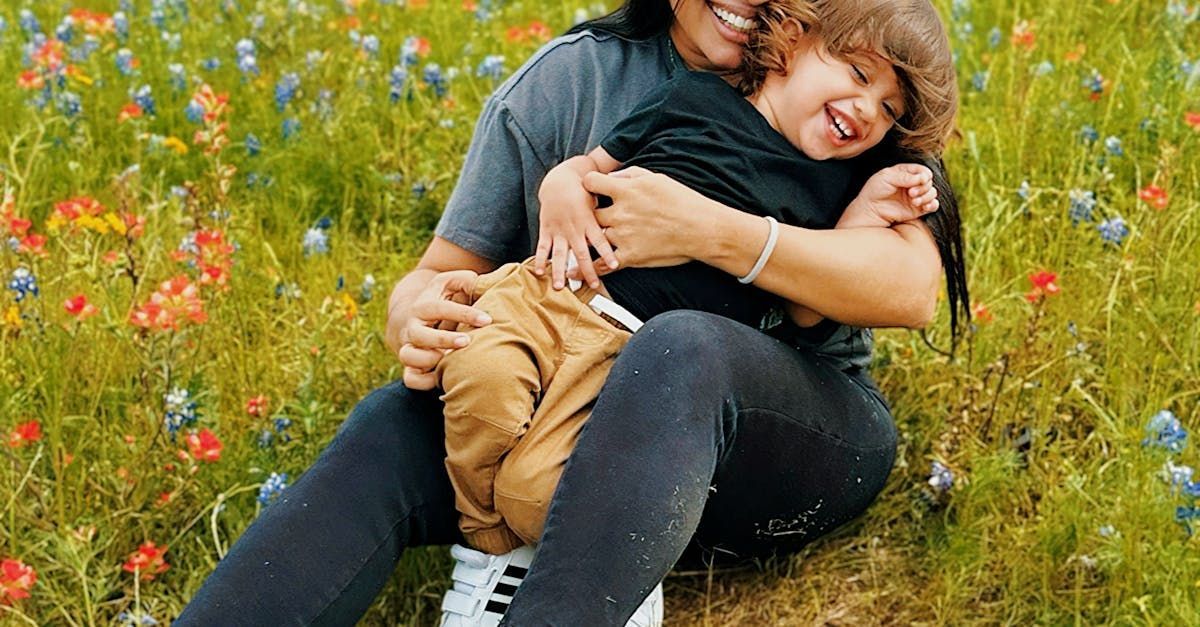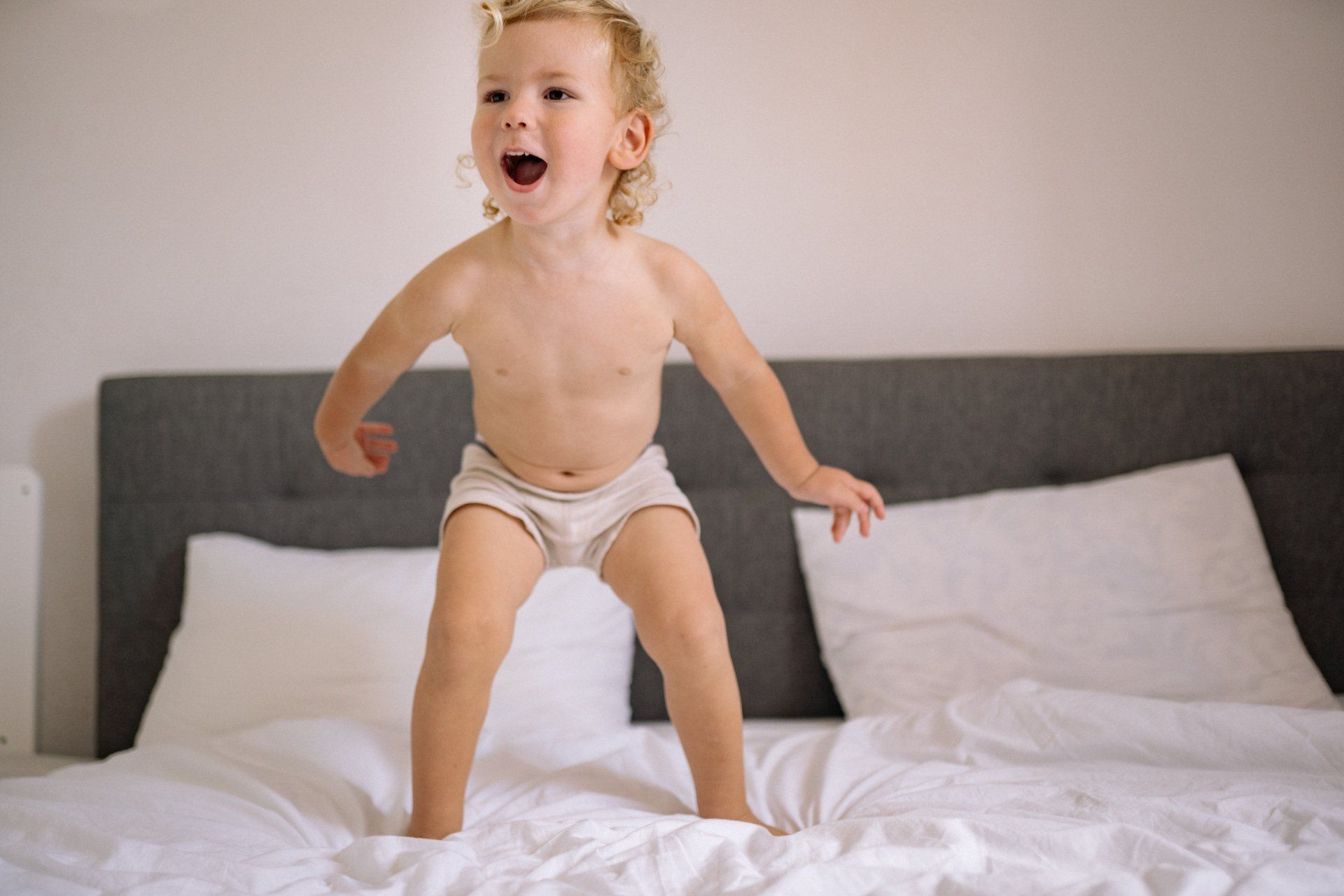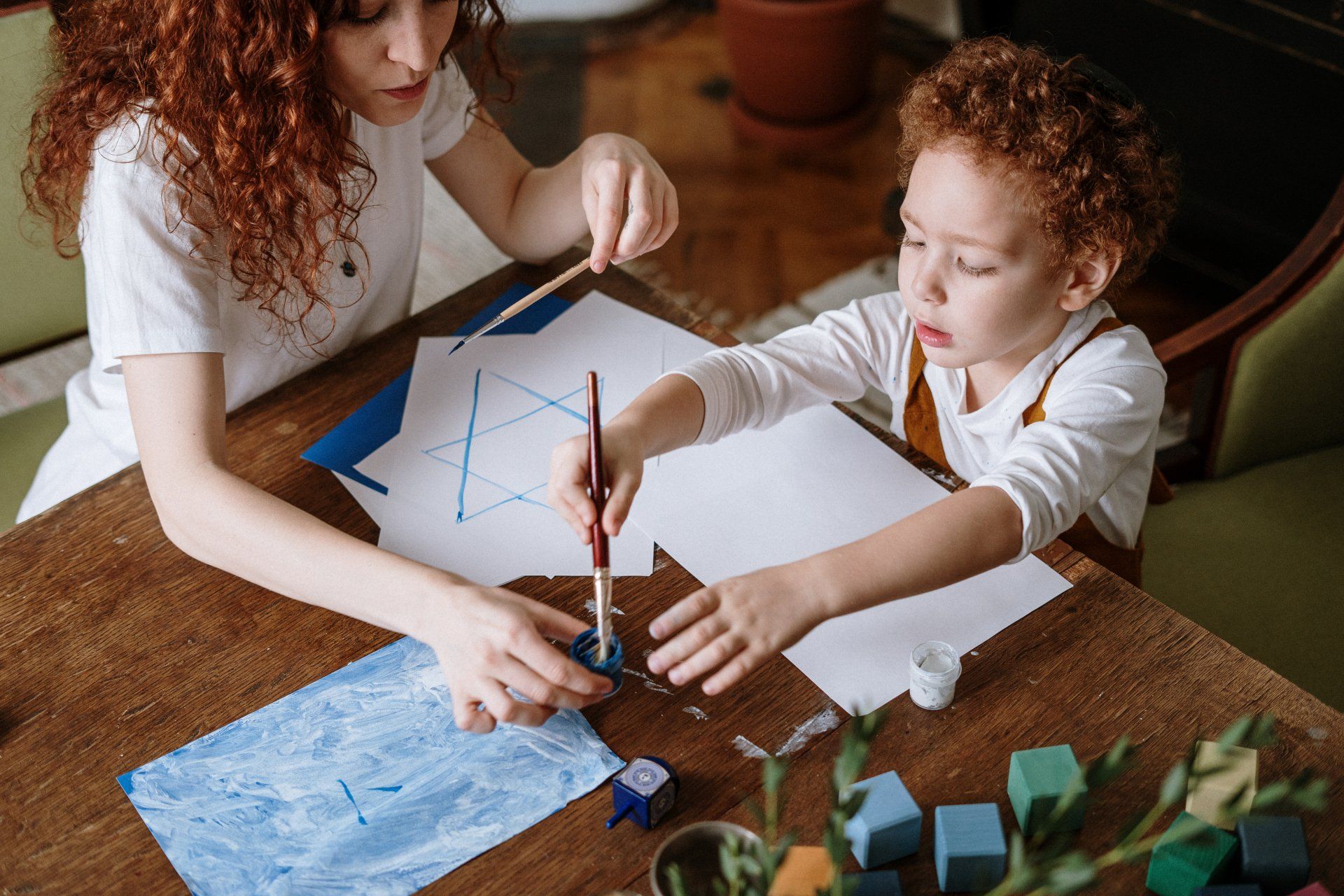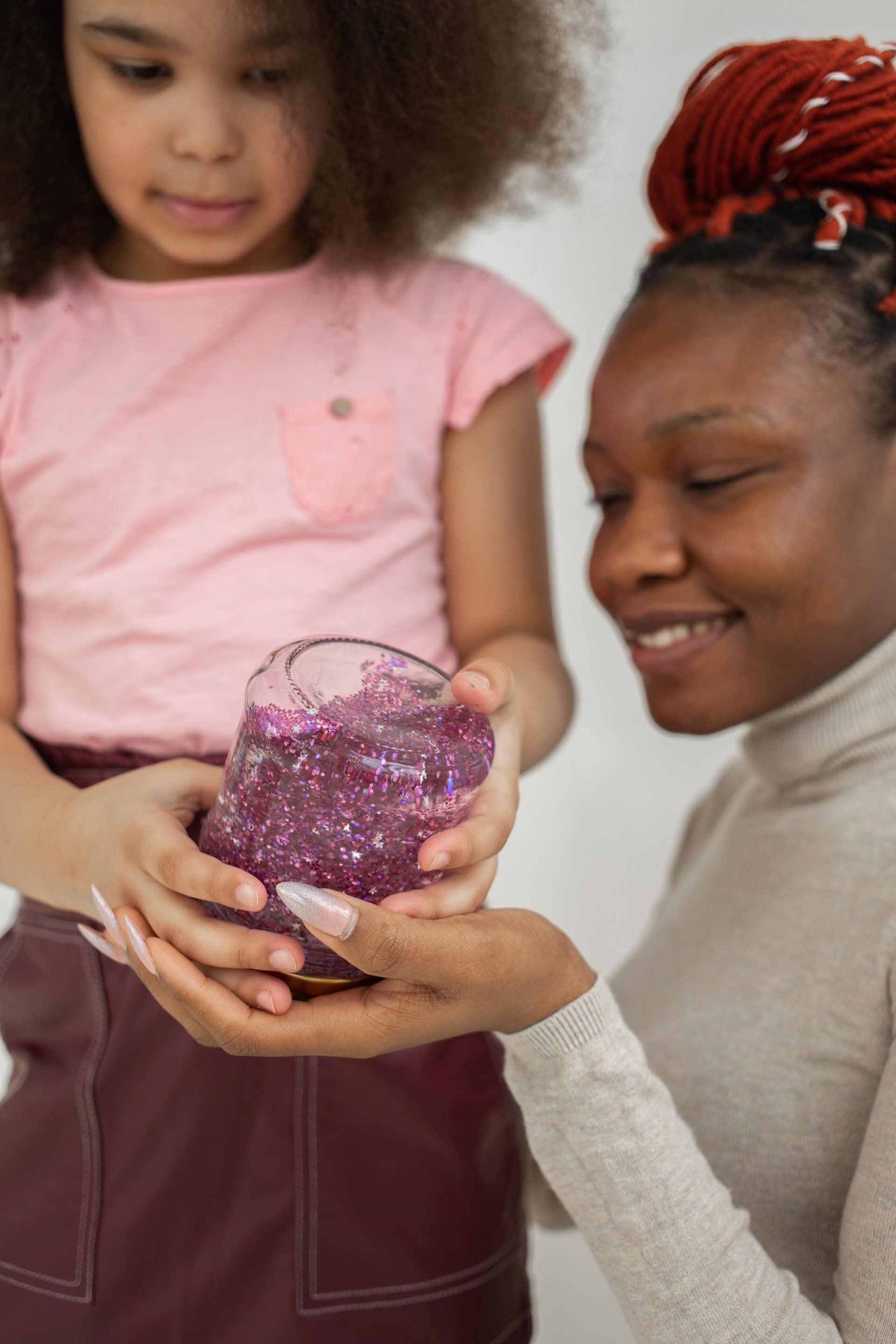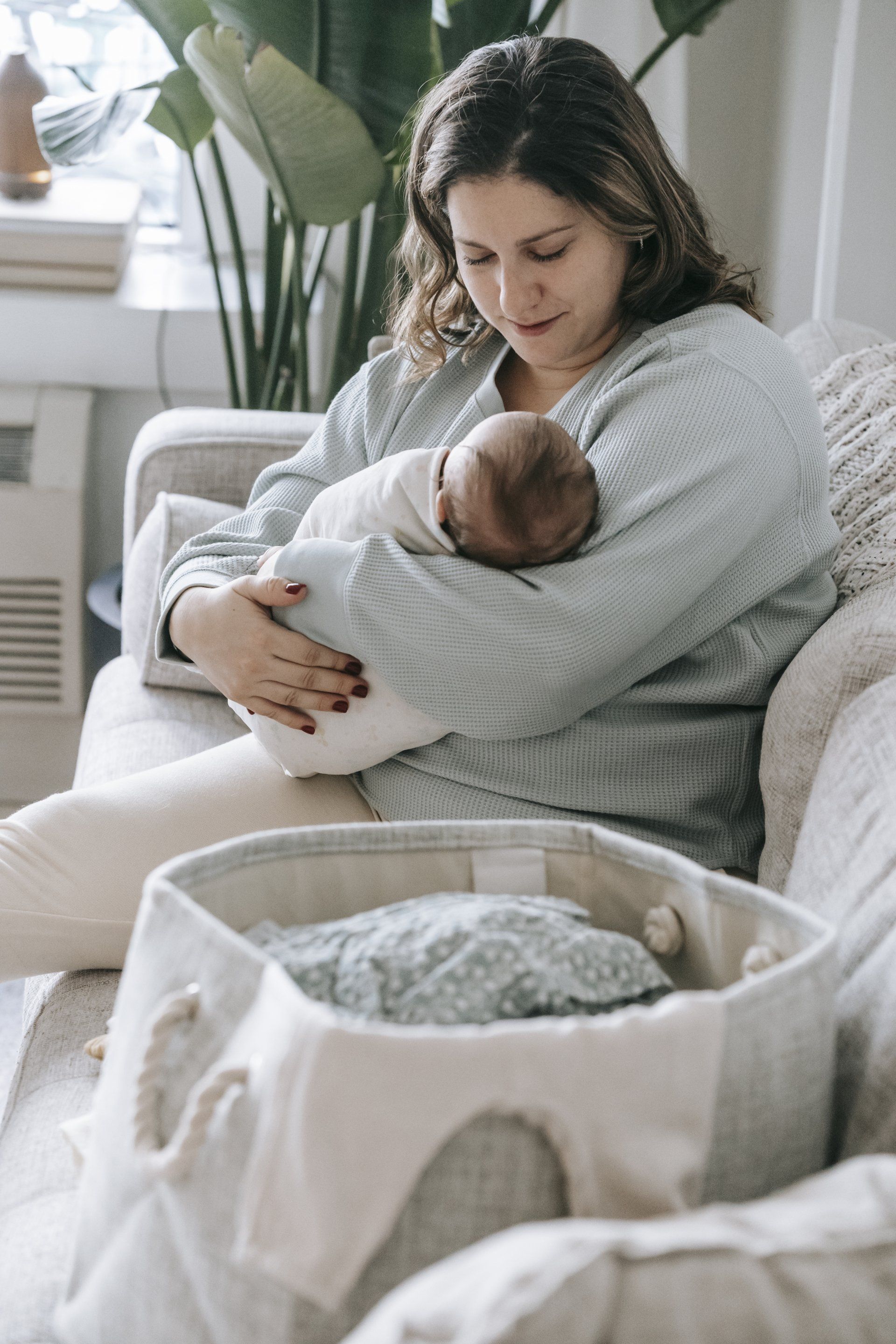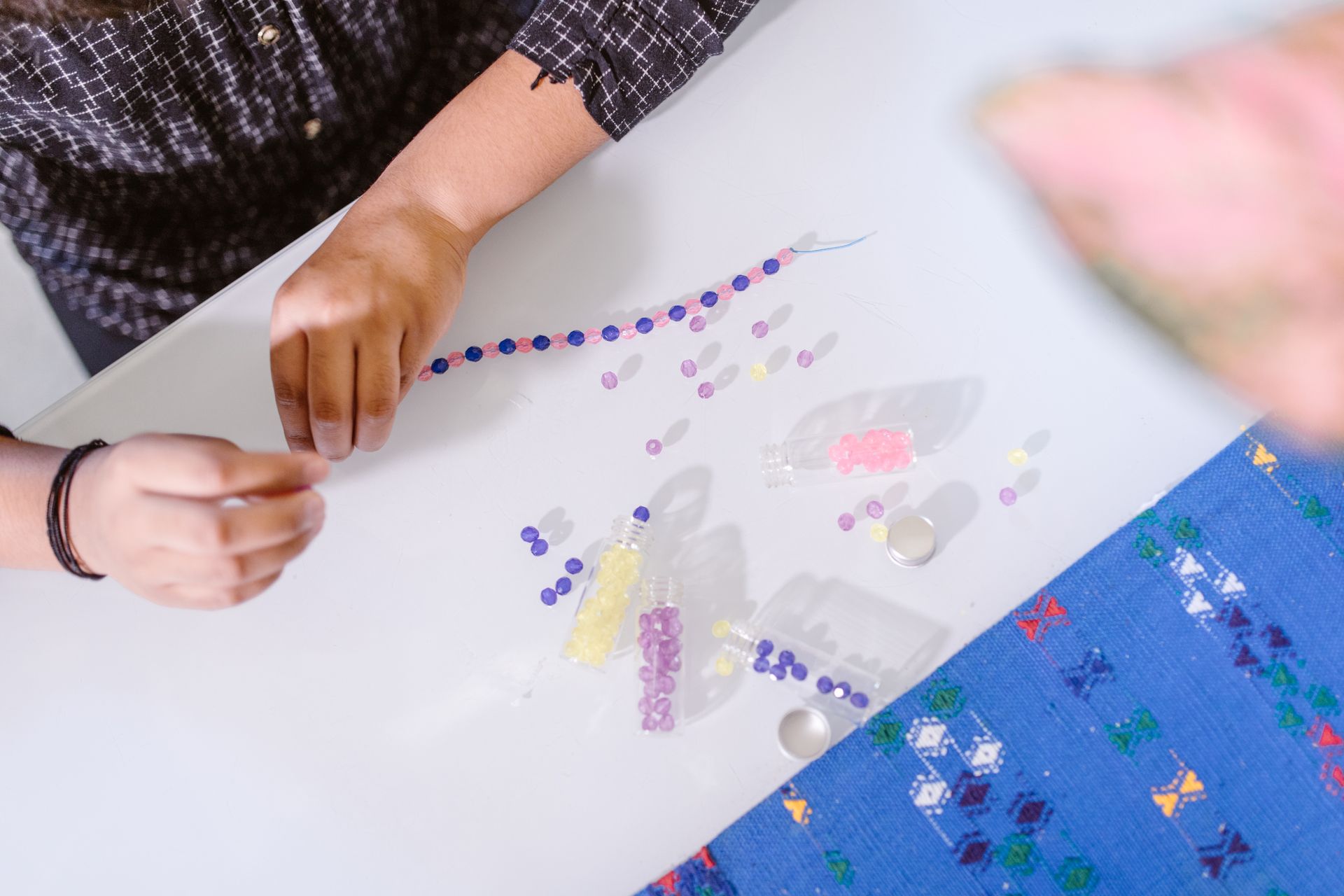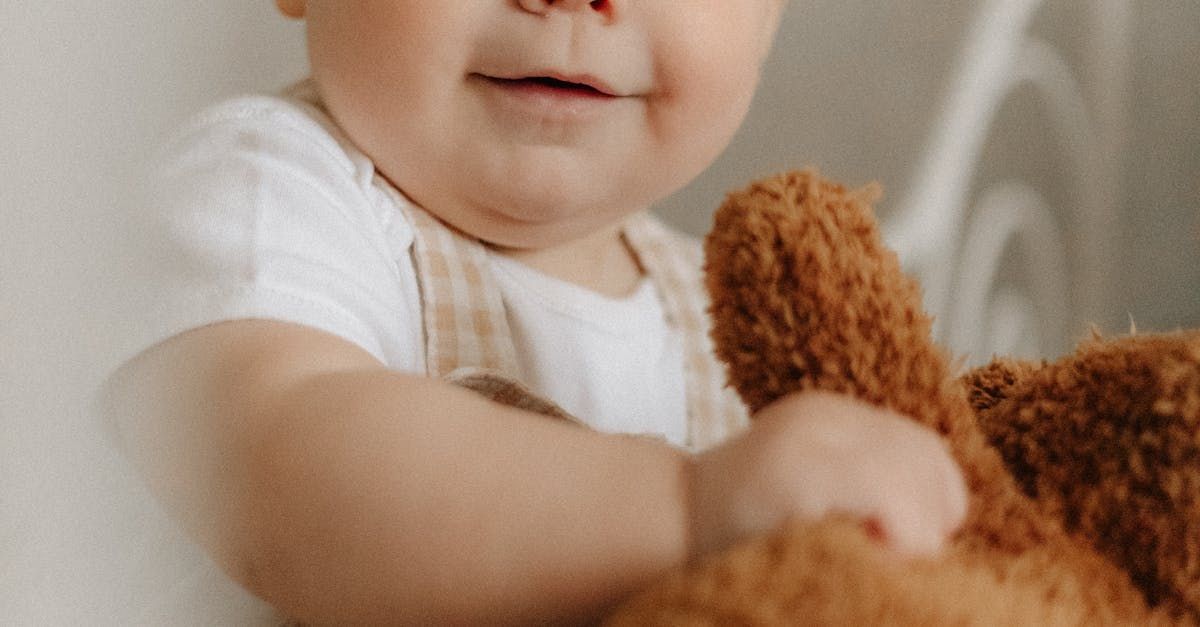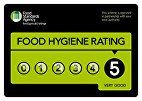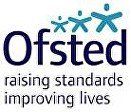Coping with Childhood Anxiety
Coping with Childhood Anxiety
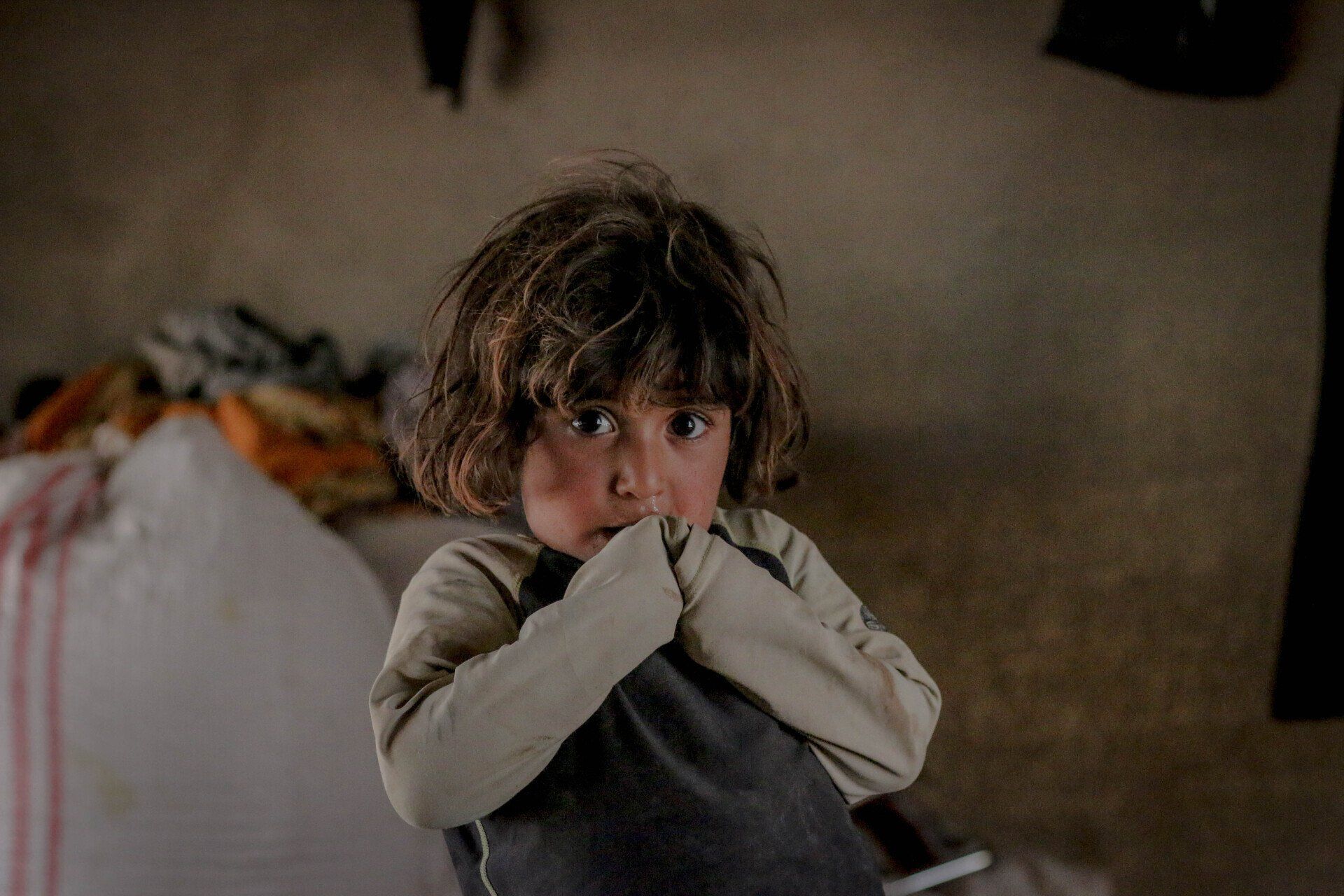
Childhood anxiety is an increasingly prevalent concern among parents and educators, particularly in children aged 0-5. Early identification and intervention are crucial in addressing anxiety and preventing its long-term impact on a child's emotional and psychological well-being. This blog aims to provide a comprehensive guide for parents and early years educators on coping with childhood anxiety. We'll explore practical strategies, real-life examples, and professional resources to support young children effectively.
Understanding Childhood Anxiety
Anxiety in young children can manifest in various ways, ranging from mild worry to severe anxiety disorders. It's essential to distinguish between normal childhood fears and anxiety that disrupts daily functioning. Common symptoms of anxiety in young children include excessive worry, fearfulness, physical complaints like stomachaches and headaches, and behavioural issues such as clinginess or tantrums.
Anxiety disorders can significantly impact a child's development, affecting their social interactions, academic performance, and overall quality of life. Studies indicate that early intervention can improve outcomes, making it vital for parents and educators to recognise the signs and symptoms of anxiety in young children.
Identifying Anxiety Triggers
Understanding what triggers anxiety in young children is a crucial step in managing it. Common triggers include separation from parents, changes in routine, and overstimulation. Children may also become anxious due to external factors such as family stress or environmental changes.
Parents and educators can identify anxiety triggers by observing the child's behaviour and keeping a journal of anxiety episodes. Note patterns and specific situations that seem to cause anxiety. For example, some children may become anxious when exposed to loud noises or crowded places, while others may struggle with transitions or changes in their daily routine.
Strategies for Parents
Creating a supportive home environment is essential for helping children manage anxiety. Here are some effective strategies:
- Establish Routines: Predictability can provide a sense of security for anxious children. Establish regular routines for meals, bedtime, and other daily activities.
- Create a Calm Environment: Minimise stressors at home by maintaining a peaceful and organised living space. Consider using calming colours and reducing clutter.
- Practice Calming Techniques: Teach your child simple techniques such as deep breathing, mindfulness, and progressive muscle relaxation. These can help them manage anxiety in the moment.
- Encourage Open Communication: Create a safe space for your child to express their feelings. Validate their emotions and reassure them that it's okay to feel anxious.
- Model Coping Strategies: Children often learn by observing their parents. Demonstrate healthy coping mechanisms for managing stress and anxiety.
Transition from Home to School
The transition from home to school can be particularly challenging for young children and may trigger anxiety. Here are some strategies to ease this transition:
- Preparation: Talk to your child about what to expect at school. Visit the school together, meet the teacher, and explore the classroom to help your child become familiar with the new environment.
- Establish a Goodbye Routine: Create a consistent and reassuring goodbye routine to help your child feel secure. This might include a special handshake, a hug, or a comforting phrase.
- Provide Comfort Objects: Allow your child to bring a favourite toy or blanket to school. These comfort objects can provide reassurance during the transition.
- Gradual Separation: Start with shorter periods of separation and gradually increase the time your child spends at school. This can help them adjust more comfortably.
- Collaborate with Teachers: Communicate with your child's teacher about their anxiety. Work together to create a consistent approach to support your child.
Strategies for Educators
Educators play a crucial role in supporting children with anxiety. Here are some effective strategies:
- Create a Supportive Classroom Environment: Design a calm and safe space in the classroom where children can retreat when they feel overwhelmed. Incorporate anxiety-reducing activities such as story-time, play, and mindfulness exercises into the daily routine.
- Incorporate Regular Breaks and Quiet Time: Regular breaks and quiet time can help children manage their anxiety. Use visual schedules and clear transitions to minimise uncertainty and stress.
- Promote Positive Social Interactions: Encourage positive social interactions among students. Help children develop social skills and build supportive friendships.
- Maintain Open Communication with Parents: Share your observations with parents and collaborate on consistent strategies to support the child both at home and school.
- Provide Reassurance and Positive Reinforcement: Offer reassurance and positive reinforcement to children who exhibit anxiety. Praise their efforts to manage their anxiety and participate in activities.
Professional Help and Resources
Knowing when to seek professional help is essential. If your child's anxiety significantly impacts their daily life and functioning, it may be time to consult with a paediatrician, child psychologist, or counsellor. Here are some guidelines and resources:
- Signs to Seek Professional Help: Persistent and intense anxiety that interferes with daily activities, severe physical symptoms, and withdrawal from social interactions are signs that professional intervention may be necessary.
- Available Resources: There are various resources available to support children with anxiety, including local support groups, online communities, and educational materials. Some recommended books include "The Whole-Brain Child" by Daniel J. Siegel and Tina Payne Bryson and "Freeing Your Child from Anxiety" by Tamar Chansky.
- Working with Professionals: When working with professionals, provide detailed information about your child's symptoms and triggers. Collaborate to develop a comprehensive plan that includes both therapeutic interventions and strategies for home and school.
Real-Life Examples and Case Studies
Real-life examples and case studies can provide valuable insights into managing childhood anxiety. Here are a few examples:
- Case Study 1: Emily, a 4-year-old girl, experienced severe separation anxiety when starting preschool. Her parents worked with her teacher to establish a consistent goodbye routine and allowed her to bring a favourite stuffed animal to school. Over time, Emily's anxiety decreased, and she became more comfortable in the school environment.
- Case Study 2: Jack, a 5-year-old boy, struggled with anxiety related to changes in routine. His parents implemented a visual schedule at home and worked with his teacher to use a similar schedule at school. This consistency helped Jack feel more secure and reduced his anxiety.
- Testimonial: Sarah, a kindergarten teacher, shares how incorporating mindfulness exercises into her daily classroom routine has helped her students manage anxiety. She noticed a significant improvement in their ability to focus and engage in activities.
Conclusion
Addressing childhood anxiety involves understanding the condition, identifying triggers, and implementing supportive strategies at home and school. Collaboration between parents, educators, and professionals is crucial in providing comprehensive support for anxious children. By taking proactive steps, we can help children develop healthy coping mechanisms and thrive emotionally and psychologically.
FAQ
1. What are some early signs of anxiety in young children?
- Early signs can include excessive worry, clinginess, tantrums, and physical symptoms like stomachaches and headaches.
2. How can I help my child manage anxiety during transitions?
- Prepare your child by discussing what to expect, visiting the new environment, and establishing consistent routines. Provide comfort objects and gradually increase time spent away from home.
3. When should I seek professional help for my child's anxiety?
- Seek professional help if your child’s anxiety significantly impacts their daily life and functioning. Consulting a
GLOBAL KIDS DAY CARE LIMEHOUSE
Lascar Wharf Community Centre, Limehouse, London, E14 7FN. | Tel: 0207 001 1210 Email: limehouse@globalkidsdaycare.co.uk
GLOBAL KIDS DAY CARE MILE END
21 Burdett Road, Mile End, London, E3 4TU. | Tel: 0208 980 1706 Email: mile-end@globalkidsdaycare.co.uk
GLOBAL KIDS DAY CARE ALDGATE EAST
52 Old Castle Street, Aldgate East, London E1 7AJ. | Tel: 0203 302 7800 / Mobile: 07823 770035 | Email: aldgateeast@globalkidsdaycare.co.uk
Opening Times: 8am - 6pm

